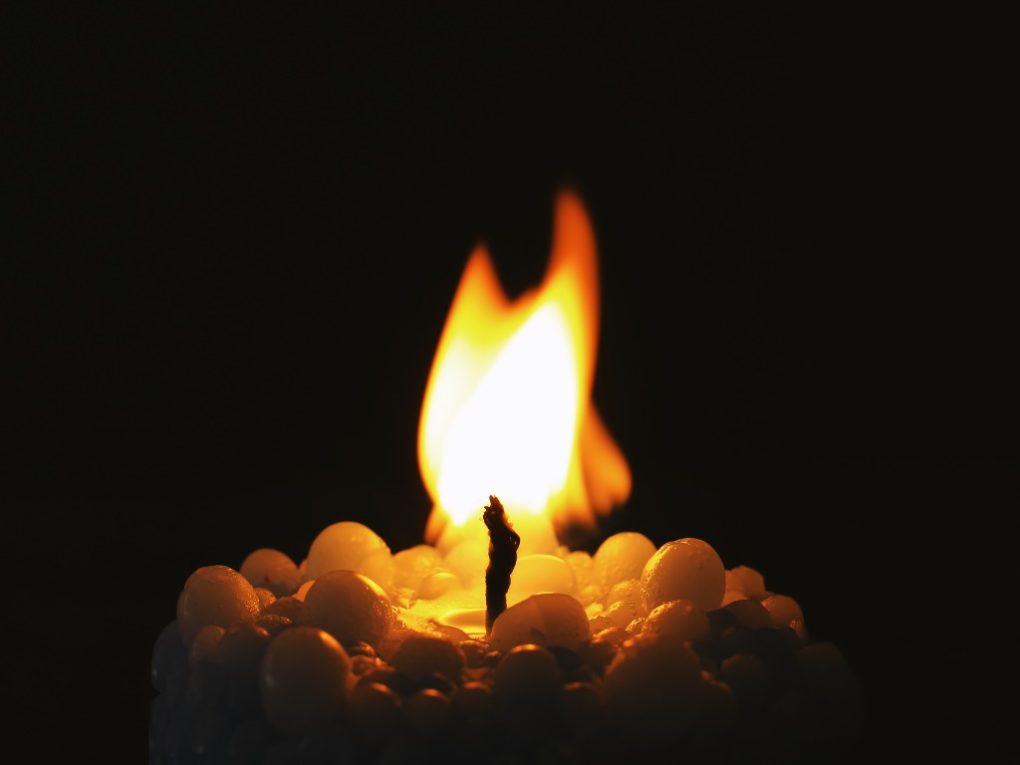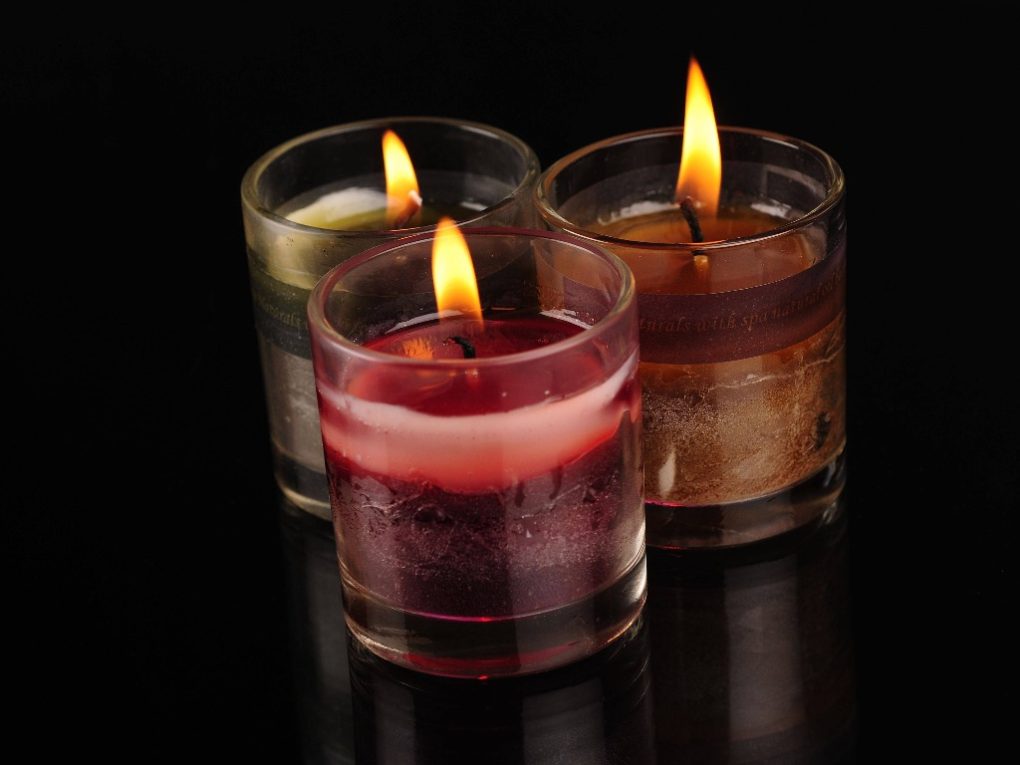Burning a candle transforms wax into heat,light,and combustion products. the flame melts the wax near the wick. Capillary action draws this molten wax up the wick.The flame’s heat vaporizes the wax. It then combines with oxygen, producing carbon dioxide, water vapor, and other byproducts.

Burning candles releases combustion byproducts and water vapor into the atmosphere. The carbon dioxide emitted is a greenhouse gas, which exacerbates climate change. Poorly ventilated rooms can experience indoor air pollution from water vapor and other combustion products.
Unburnt wax remains as drips after the flame vaporizes most of it. These drips gather on candle holders and nearby surfaces. remove wax using a scraper or paper towel. heat can melt the wax for easy wiping. You can also solidify the wax for reuse in new candles or other crafts. Many candle makers recycle leftover wax by melting it down to create fresh candles.
Stages of candle Burning
Lighting a candle involves three distinct phases: initial ignition, sustained flame, and eventual extinguishing.

Grasping the chemical reactions and phases involved in candle burning deepens your appreciation for candle creation. Whether you favor fragrant candles for unwinding or use them as décor, understanding their function elevates your enjoyment of these adaptable and lovely items.
Importance of Proper Candle Care
Safety
From practical experience, prioritizing candle safety is crucial to avoid fires, burns, and related incidents. Maintain a minimum distance of 12 inches between lit candles and flammable items like curtains, bedding, and furniture. always use stable candle holders that resist tipping. The holder should be sufficiently large to contain wax drips and constructed from a fire-resistant material.
Never leave lit candles alone; always watch them closely. Put candles out before you leave or sleep. Keep candles away from kids and pets to avoid burns or fires. Trim candle wicks to ¼ inch before lighting. This stops the flame from getting too big and helps the candle burn evenly.
Discontinue candle use when only about 0.5 inches of wax remains. burning candles down to the very bottom risks overheating and potentially cracking the holder. Always use a candle snuffer or lid to safely put out the flame. Allow the wax to fully solidify before handling or moving the candle.
Longevity
Taking care of your candles properly extends their life. Before lighting, trim the wick to 1/4 inch. This prevents a large flame and ensures an even burn. Long wicks cause fast,uneven burning,reducing candle lifespan.
When you first light your candle, let it burn until the wax melts evenly across the top. This stops the candle from tunneling. After that, burn it for no more than 4 hours each time. This avoids overheating and helps it burn evenly. Keep the melted wax clear of things like wick pieces or match bits. This stops the flame from smoking and keeps the candle burning nicely,extending its life.

Extinguish candles with a snuffer or lid. This stops hot wax splatters and ensures an even burn. It also prevents the wick from getting too short, extending the candle’s life. Candle Kiosk advises storing candles in a cool, dry place. Keep them away from direct sunlight and heat to avoid melting, warping, or fading. This preserves the candle’s scent and color, maximizing its lifespan.
Environmental Impact of Candle Wax
Biodegradability of Candle Wax
Candle wax isn’t biodegradable. It can persist for centuries. Improper disposal harms the surroundings. Landfills containing wax release pollutants into the soil and water.
Sustainable Candle Wax Alternatives
Consider eco-friendly candle wax alternatives. Beeswax candles are a sustainable choice, utilizing a renewable resource. soy wax candles offer another green option, boasting a smaller environmental footprint compared to paraffin. Innovative companies are also exploring coconut and palm wax for candle production.
